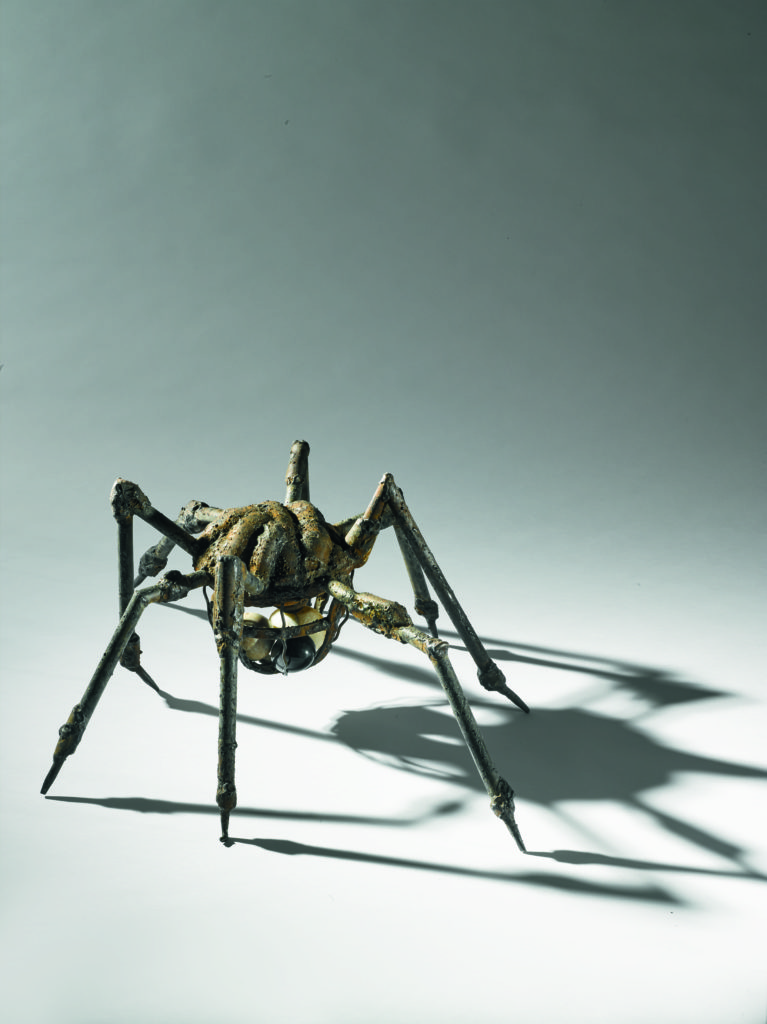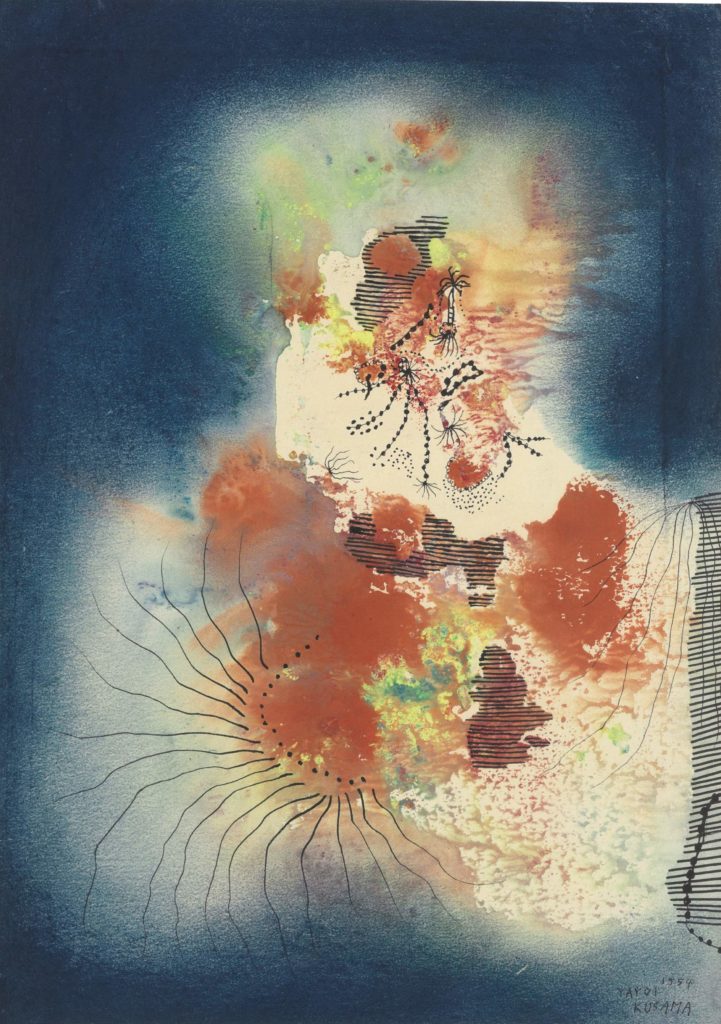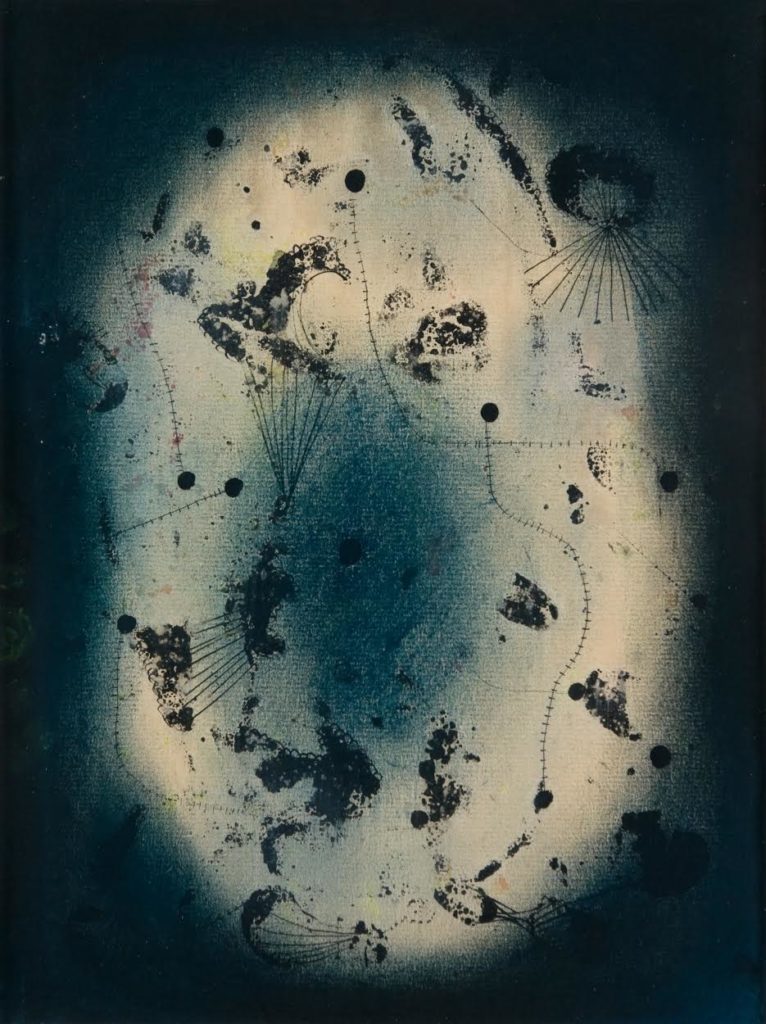Art & Exhibitions
London Exhibition Pairs Female Powerhouses Louise Bourgeois and Yayoi Kusama
'Traumata: Bourgeois/Kusama' will focus on psychological pain and the restorative power of art.

'Traumata: Bourgeois/Kusama' will focus on psychological pain and the restorative power of art.

Caroline Elbaor

Sotheby’s S|2 Gallery in London is set to open an exhibition pairing the artistic oeuvres of two female titans: Louise Bourgeois and Yayoi Kusama.
“Traumata: Bourgeois/Kusama,” co-curated by Marina Ruiz Colomer and Emma Baker, will bring together sculptures, paintings, prints, and works on paper in an effort to ultimately highlight the similarities in the two artists’ practices.
As stated by the press release, Bourgeois and Kusama “laid bare their own psychological traumas to open up new territories for female artistic expression.”
Moreover, in discussing their aesthetic qualities with artnet News, co-curator Emma Baker elaborated, “The visual parallel … there is a real obsessive drive in their work, these clustered forms in their outputs.”

Yayoi Kusama, The Castle (1954). Courtesy Sotheby’s.
The show is organized around four primary themes: Good Mother/Bad Mother, Exile/Dislocation, Sexuality/War, and Memory/Melancholia. Such elements speak to the psychic vulnerability present in the two women’s bodies of work.
Japan-born Kusama, who has been a voluntary patient in the Seiwa Hospital for the Mentally Ill in Tokyo since 1977, is known to speak openly about her struggles: “By translating hallucinations and fear of hallucinations into paintings,” she says, “I have been trying to cure my disease.”
Bourgeois, too, wrote of the therapeutic qualities in art and art-making. “Art is restoration … the idea is to repair the damages that are inflicted in life,” she said. “Art is a guarantee of sanity. That is the most important thing I have said.”

Yayoi Kusama, Untitled (1953). Courtesy Sotheby’s.
Both artists were heavily influenced by traumatic childhood experiences, in which their fathers were philanderers—a fact which placed a substantial strain on the relationships between mother and daughter.
Further to this, Bourgeois and Kusama coincided during the 1950s and 60s when each was living and working in New York City. “They were working there in a similar moment in art history, alongside the Abstract Expressionists, etc … Both experienced the male-dominated art structure that they had to come up against during that time,” Baker said.
“Traumata” is the plural for trauma—a simple yet fitting title for the psychological depths that Bourgeois and Kusama’s work delves into.
“Initially, if you’re looking into the artists’ biographies, they have very similar reasons for making art,” Baker said. “They have obsessive compulsions to relive psychological experiences, driven by childhood trauma. Creating art was a means of salvation.”
“Traumata: Bourgeois/Kusama” will run from February 23—April 13 at Sotheby’s S|2 Gallery, 31 St. George Street, London, W1S 2FJ.